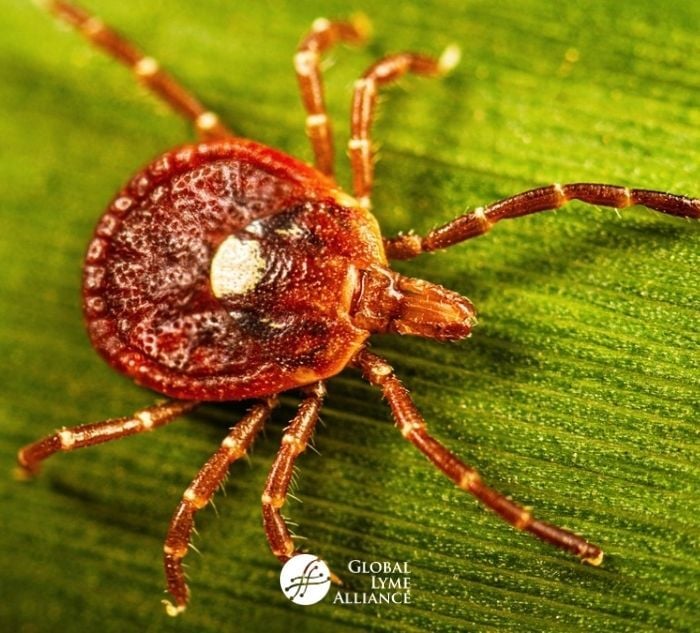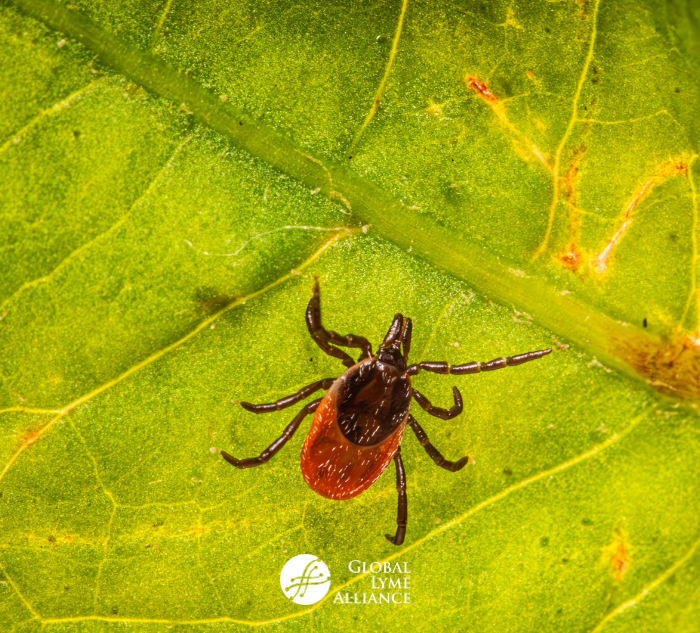
by Jennifer Crystal
Lyme is an enormously complex disease. To properly understand its symptomology, diagnostic issues, and treatment options, you’ve got to do a good deal of research. And that’s just for Lyme; there are many other tick-borne infections such as babesia, ehrlichia, and bartonella that cause their own complications and require different treatments. Then there’s the politics of Lyme. There’s a lot of misunderstanding surrounding tick-borne illness, and many myths. This blog seeks to enumerate—and hopefully put to rest—the top ten myths I’ve heard about Lyme:
10. People get over Lyme: Yes, some people get over Lyme, especially when their infections are diagnosed and treated immediately, and their prognosis is not complicated by co-infections. Even so, some 20% of those patients go on to experience continuing symptoms after treatment. Other patients who were not treated immediately often suffer long-term, severe symptoms, especially once the Lyme bacteria has crossed into the central nervous system. My own case went undiagnosed for eight years. My status was called Stage 3 Lyme, also known as Late Disseminated Lyme Disease, and while I’ve battled symptoms into remission, the infection is not fully eradicated from my body. Therefore, I am not cured.
9. All cases of Lyme are the same: In fact, no two cases of Lyme are alike. There is no “typical” case of Lyme disease, especially once it enters the late chronic stage. Every case runs a different course; every case requires different treatment; and every case can have a different outcome. Lyme manifests on a broad spectrum.
8. People with Lyme are just anxious or depressed: Lyme disease can cause anxiety and depression. These are two psychological manifestations of the disease, not its cause. Patients may also experience situational depression and anxiety from being isolated, sick, and disbelieved. But anxiety and depression are secondary to the root tick-borne infection. A positive outlook, talk therapy, and psychiatric medications can help mediate anxiety and depression, but they cannot treat its root cause, which is Lyme disease.
7. Lyme patients would feel better if they just got out of the house/worked/volunteered: Lyme disease is not a mentality, nor is it a mental illness. It is a physical bacterial infection whose symptoms include serious fatigue, joint and muscle aches, brain fog, and other neurological difficulties. It cannot be cured with a “mind over matter” approach. It requires antibiotic treatment and rest, like many other illnesses. Naturally, patients with Lyme disease don’t want to be sick. They want to be working and making a living; they want to be exercising; they want to be enjoying their time with friends and family. But they are simply too sick to do so. And pushing themselves before they are well will in the long run only make them relapse. That’s what happened to me.
6. Lyme patients just need to exercise more: In fact, exercising before the infection has resolved enough can just worsen your spirochete activity (the bacteria itself) and make you feel worse, not better. This is especially true for people suffering from the co-infection babesia, which depletes oxygen in your red blood cells. When I tried physical therapy before my babesia was adequately treated, thirty seconds—not minutes, but seconds!—on a stationary bike gave me a migraine that sent me to bed for a week. Once a Lyme patient is ready, light exercise, but nothing too strenuous can be beneficial. Pushing yourself before it’s time will only worsen your condition.
5. There’s no such thing as chronic Lyme disease: Chronic is a disputed word, often replaced by Post Treatment Lyme Disease Syndrome (PTLDS). But as its name implies, PTLDS only applies to patients who have been diagnosed with and treated for Lyme disease. Many patients whose infections become chronic were never treated at all. In my case, I became chronic precisely because for eight years I didn’t receive a proper diagnosis or treatment. The Lyme bacteria, and two of its co-infections babesia and ehrlichia, ran unchecked in my body. Obviously, the pathogens then became much more serious and difficult to treat. The appropriate term for this kind of case is Late Stage Disseminated Lyme Disease. Whatever the nomenclature though, the fact is that long-term cases of tick-borne illness do exist and there’s definitive scientific research to prove it.
4. People who think they have Lyme disease actually have something else:
Again, Lyme disease isn’t a choice. Nor is it a catch-all disease for those who can’t otherwise be diagnosed. A patient should never determine on their own whether they have Lyme disease, in the same way that you shouldn’t self-diagnose any ailment based on an internet search. The internet is full of misinformation. Only a Lyme Literate Medical Doctor (LLMD) can make an accurate diagnosis of tick-borne illness, and they do so through both specialized testing and clinical assessment. They rule out many, many other possibilities and make diagnoses after careful consideration of a patient’s symptoms and medical history.
3. There isn’t scientific evidence to support chronic/late stage/PTLDS: In fact, there’s a lot of evidence. There are peer-reviewed studies and important research coming out of reputable institutions like Columbia University, University of New Haven, Stony Brook University, and the University of Massachusetts. There are many books and articles written by prominent physicians and researchers demonstrating clinical evidence of long-term, treatment-resistant Lyme disease. Global Lyme Alliance has supported a great deal of this research.
2. You can only get Lyme in the woods of New England, and it’s only carried by deer: Cases of Lyme disease are now documented in all 50 U.S. states. There are also tick-borne diseases such as Rocky Mountain Spotted Fever, and Southern Tick Associated Rash Illness (STARI), that are endemic to other areas of the country. While ticks are especially prevalent in wooded areas, they also live in tall grasses, wood piles, gardens, leaf piles, and any moist or shady area. In addition to deer, they also feed on mice, chipmunks, birds, shrews, and other small mammals. Remember, pets can bring them inside your house, too.
And the Number One myth I hear about Lyme disease:
1. It’s called Lyme’s disease: People might think Lyme, like many other diseases, is named for people who either discovered or suffered from them, i.e. Lou Gehrig’s disease (ALS) or Hashimoto’s disease. The scientific name of the Lyme spirochete, borrelia burgdorferi, was named for the man who discovered it, Willy Burgdorfer. But the popular name comes from the town in which the first cluster of cases was discovered and studied in the 1970s: Lyme, Connecticut.
The next time someone questions the validity of your Lyme or other tick-borne disease, perhaps you can hand them this top ten list, and teach them several truths about tick-borne illness in one quick lesson.
Related Posts:
You’re Not Crazy—You Have Lyme
Dealing With Brain Fog
The Importance of Digging Deep
Partisan Politics in Lyme Disease

Jennifer Crystal
Writer
Opinions expressed by contributors are their own. Jennifer Crystal is a writer and educator in Boston. Her work has appeared in local and national publications including Harvard Health Publishing and The Boston Globe. As a GLA columnist for over six years, her work on GLA.org has received mention in publications such as The New Yorker, weatherchannel.com, CQ Researcher, and ProHealth.com. Jennifer is a patient advocate who has dealt with chronic illness, including Lyme and other tick-borne infections. Her memoir, One Tick Stopped the Clock, was published by Legacy Book Press in 2024. Ten percent of proceeds from the book will go to Global Lyme Alliance. Contact her via email below.






-2.jpg)